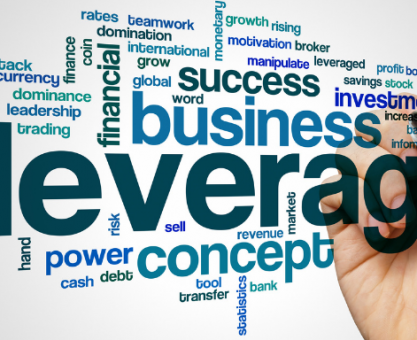Executive Summary
-
Discover how Sustainable Development Goals (SDG) metrics enhance impact investing strategies.
-
Learn why integrating SDGs is crucial for investors focused on ethical returns.
-
Explore practical steps and real-world examples of successful integration.
-
Understand the potential challenges and how to navigate them.
-
Gain insights from industry experts on optimizing your impact investments.
Introduction
In the rapidly evolving world of finance, the demand for investments that not only generate financial returns but also contribute positively to society has surged. This is where impact investing comes into play, and integrating Sustainable Development Goals (SDG) metrics into these strategies is pivotal. Whether you’re an investor, a corporate leader, or a financial advisor, understanding and applying SDG metrics can enhance the effectiveness and credibility of your investment strategies. In this article, we will delve into why SDG metrics matter, how they can be integrated into impact investing, and the potential challenges and opportunities they present.
Definitions / Context
Impact investing refers to investments made with the intention of generating positive, measurable social and environmental impact alongside a financial return. The Sustainable Development Goals (SDGs) are a collection of 17 global goals set by the United Nations to address significant global challenges such as poverty, inequality, climate change, and environmental degradation by 2030. Integrating SDG metrics into impact investing strategies involves aligning investments with these goals to ensure measurable impact.
Benefits / Pros
-
Enhanced Credibility: Aligning investments with SDG metrics enhances credibility and attracts ethically-minded investors.
-
Measurable Impact: Provides a framework for measuring the social and environmental outcomes of investments.
-
Broader Market Appeal: Appeals to a growing segment of investors seeking sustainable and responsible investment options.
-
Long-term Value Creation: Encourages investments that contribute to long-term societal and environmental value.
Risks / Cons / Challenges
-
Complexity in Measurement: Accurately measuring SDG impact can be complex and resource-intensive.
-
Data Availability: Limited access to reliable data can hinder the evaluation of SDG alignment.
-
Standardization Issues: Lack of standardized methodologies for assessing SDG contributions can lead to inconsistencies.
How to Integrate SDG Metrics into Impact Investing
-
Identify Relevant SDGs: Determine which SDGs align with your investment goals.
-
Develop a Framework: Create a framework for measuring and reporting on SDG outcomes.
-
Select Metrics: Choose specific indicators and metrics that align with your targeted SDGs.
-
Implement and Monitor: Integrate these metrics into your investment process and monitor progress regularly.
-
Report and Adjust: Regularly report on outcomes and make adjustments to improve impact.
A prominent venture capital firm integrated SDG metrics by aligning their investments with SDG 7 (Affordable and Clean Energy). By investing in startups focused on renewable energy innovations, they not only achieved financial returns but also contributed significantly to increasing access to clean energy solutions, showcasing how SDG alignment can enhance both financial and social outcomes.
Case Study: Clean Energy Venture Capital
Expert Tips / Strategic Insights
-
Epiidosis recommends: Partner with organizations experienced in ESG and impact measurement to enhance accuracy.
-
Stay Updated: Regularly update your metrics to reflect evolving SDG targets and societal needs.
-
Engage Stakeholders: Collaborate with stakeholders to ensure comprehensive impact assessment and reporting.
Tools / Resources / Calculators
-
SDG Compass: A guide for integrating SDGs into business strategy.
-
Impact Reporting and Investment Standards (IRIS+): A comprehensive system for measuring, managing, and optimizing impact.
-
Sustainable Investment Forum (SIF) Resources: Offers tools and insights on sustainable investment practices.
Conclusion
Integrating SDG metrics into impact investing strategies is not just a trend but a necessity for investors looking to make a sustainable difference. By aligning investments with global goals, investors can achieve measurable social and environmental impact alongside financial returns. As the financial landscape continues to evolve, embracing SDG metrics will be vital for strategic decision-making and long-term success. Speak to our advisors to craft a tailored impact investing strategy that aligns with your goals.























